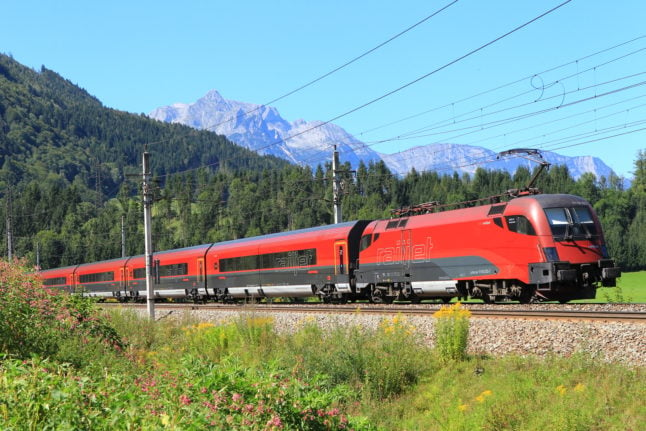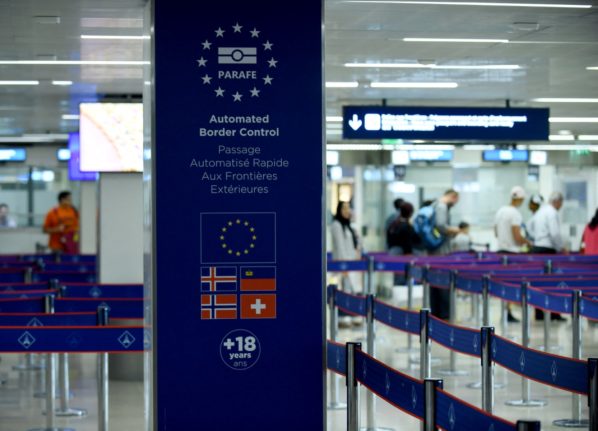Like many other countries in Western Europe, Austria has a reputation for being an expensive destination.
Unfortunately, it’s a well-earned reputation and Austria is, in fact, an expensive place to be a tourist with high prices for hotels, trains and tourist attractions.
Don’t let the prices put you off though. With a bit of planning and some insider tips, Austria can be an affordable place to explore.
Here’s how to save money while travelling in Austria.
Accommodation
Hotels are expensive in Austria – especially in cities like Vienna or at mountain resorts in the Alps where it can be hard to find a decent room for less than €100 per night.
The best way to secure a good price for accommodation without breaking the bank is to book in advance. If that’s not possible, then try checking price comparison sites for any last-minute offers.
READ MORE: Nine things you might be surprised are actually Austrian
Other options are to stay in hostels in the larger cities (as long as you don’t mind sharing a dorm room), or book an Airbnb.
Finally, if travelling outside of the main towns and cities, there are plenty of campsites across Austria – particularly in the countryside.
Campsites are significantly cheaper than hotels with the added bonus of being able to spend time outdoors in the fresh alpine air.
Travel
For visitors to Austria, trains are a convenient way to travel around the country. But they are not cheap.
As with booking hotels, a useful way to save money is to book in advance with a Sparschiene ticket by national train operator ÖBB. This is a reduced rate ticket with prices starting at €9.90.
Sparschiene tickets are mostly available for routes between Austria’s biggest cities, like Vienna and Graz, or Salzburg and Innsbruck, making it a convenient service for tourists.
But the downside is that Sparschiene tickets can’t be cancelled or refunded.
This means if you miss the train or change your mind, you will lose the money and have to buy a new ticket at full price.
Alternatively, consider hiring a car for travelling outside of the main train routes. A car is also essential for accessing many nature spots or start points for hiking trails.
Food
There are great restaurants to visit all over Austria, with cuisine ranging from traditional to fusion and everything else in between.
Then there is the famous cafe culture in Vienna with long-standing establishments serving coffee and cake throughout the day.
Sampling the food is part of the experience of visiting Austria, but for people trying to stick to a budget, it can eat away at the bank balance.
FOR MEMBERS: Cost of living – Seven tips to save money in Austria
Instead, select cheaper meals and snacks from menus, such as pretzels (brezel), frittatensuppe (pancake soup), goulash (meat and vegetable soup) or sliced bread with cold meat and cheese.
Saving money on food also becomes easier if staying in self-catering accommodation where you can cook meals or prepare packed lunches in advance.
If shopping at an Austrian supermarket, the most affordable is Hofer.
Tourist attractions
There is an entry fee for most tourist attractions in Austria, like museums and historical buildings. You either pay it or miss out on seeing the site.
However, there is a cheap way to see opera in Vienna by buying a standing ticket on the day of the performance.
At other times of the year, affordable tourist attractions and events include Sonnwendfueur in the Alps to celebrate the summer solstice, annual Christmas markets in towns and cities across the country and numerous cultural festivals.
In the mountains
Austria is a playground for winter sports, but if the cost of travelling is already squeezing the budget then skiing might seem completely out of reach.
This is where ski touring and cross-country skiing come in.
Ski touring doesn’t involve using a lift, although some resorts charge a small fee for accessing a piste. This is a much cheaper way to go skiing without forking out for a full lift pass.
It’s a similar story with cross-country skiing. Again, you don’t need a lift pass, just the right equipment and access to trails.
In the summer, hiking in the mountains or spending an afternoon at a lake is an inexpensive way to explore the Alps. You can even take your own food to avoid spending money at a mountain hut.
FOR MEMBERS: Five unwritten rules that explain how Austria works
Travel in the off-season
Finally, a top tip for saving money while travelling in Austria is to plan a trip during the off-season.
This means booking a holiday in May for early spring weather, or in September to avoid the high-summer crowds and peak prices.
Or try booking a ski holiday for late in the winter season between March and April (depending on snow conditions and coronavirus restrictions) to skip the main tourist months of late December to early March.
Not only is there the possibility to save money by travelling in the off-season, but it can be more enjoyable without crowds of people all doing the same thing at the same time.



 Please whitelist us to continue reading.
Please whitelist us to continue reading.
Member comments